Podcast Episodes
Back to Search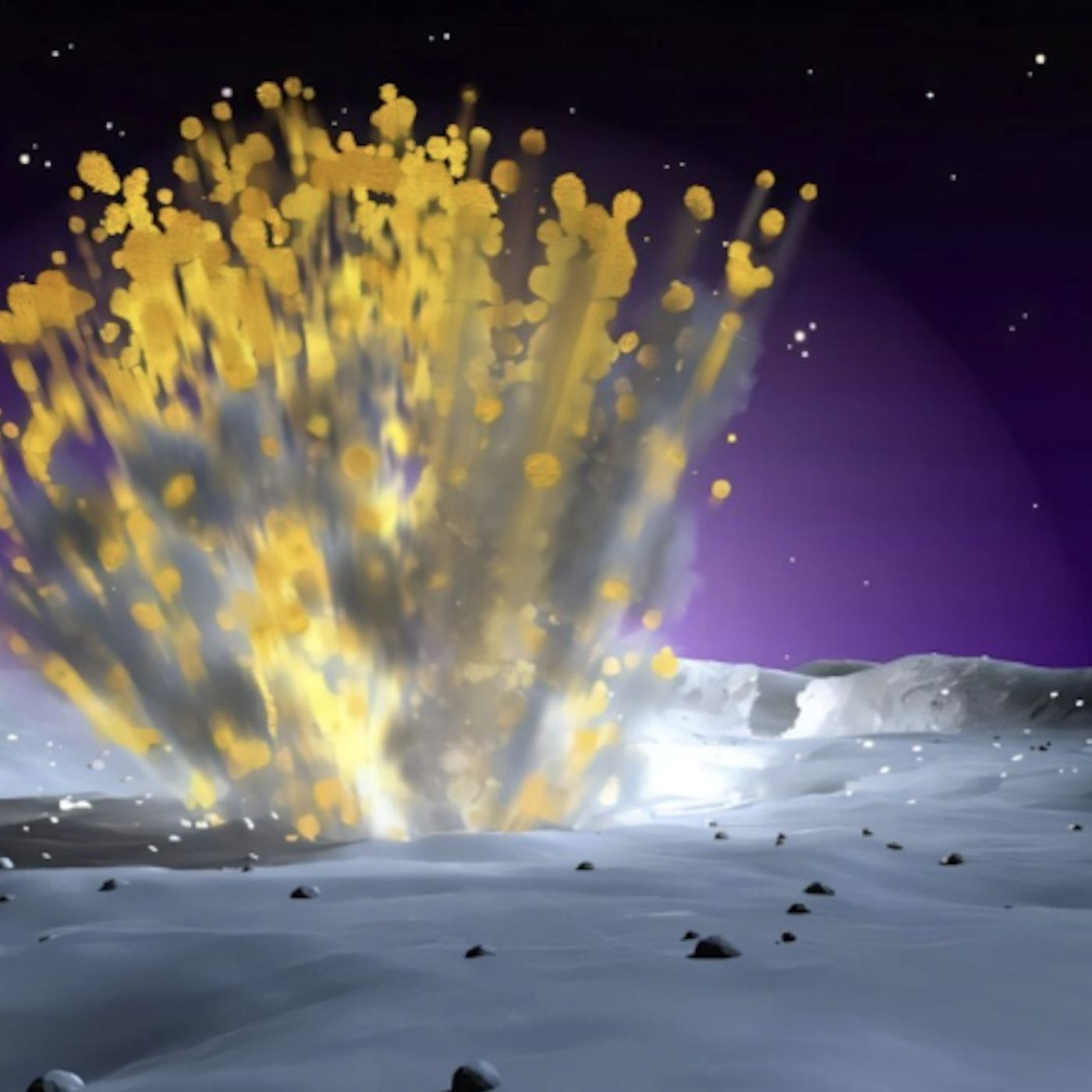
864-Lunar Debris
Asteroid 2024 YR4 will not hit the Earth in 2032, has a 4% chance of hitting the moon, and most likely will pass within 900 miles of the lunar surface. If 2024 YR4 were to impact the Moon it could se…
Published on 2 months, 1 week ago

351E-376-Active Asteroids
When it was first spotted by astronomers at Space Watch on Kitt Peak, 2008 GO98 appeared to be one of many outer main belt asteroids moving through the night sky. 9 years later when my Catalina Sky S…
Published on 2 months, 1 week ago

863-Space Elevator
In a recent study Dr. Lynnane George and her co-authors investigate Space Elevator technology to remove materials from Ceres and deliver them to orbital depots around the solar system. The tiny grav…
Published on 2 months, 2 weeks ago
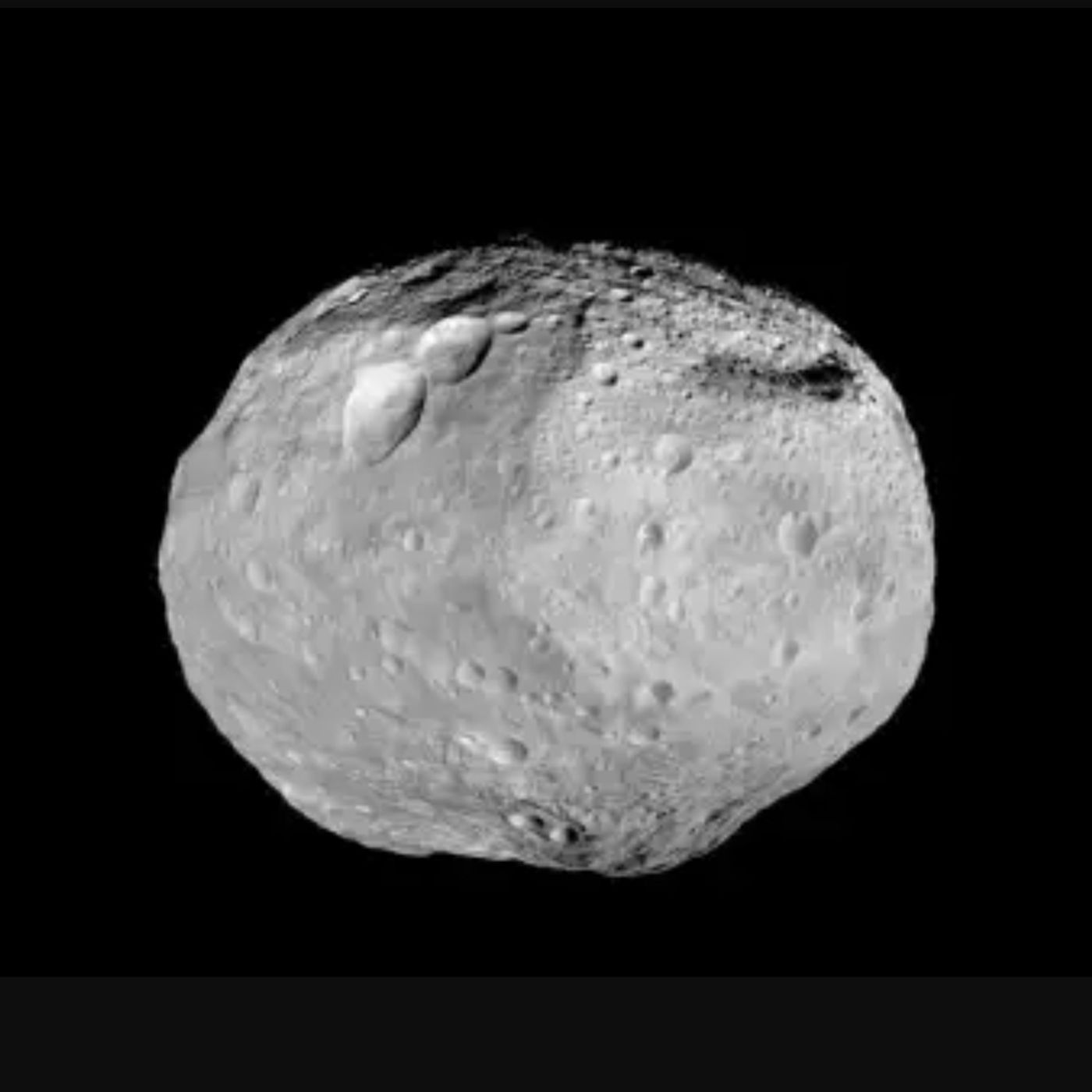
350E-374-Brute
Recently my Catalina Sky Survey teammate Richard Kowalski discovered a 0.4 mile diameter asteroid with the Catalina Sky Survey Schmidt telescope on Mt. Bigelow, AZ. Two hours and 11 minutes later it …
Published on 2 months, 2 weeks ago

862-New Planet 9 Search
Recently, using data from the Japanese infrared telescope AKARI, Dr. Amos Y.A. Chen and his collaborators published a paper in the Publications of the Astronomical Society of Australia which predict…
Published on 2 months, 3 weeks ago
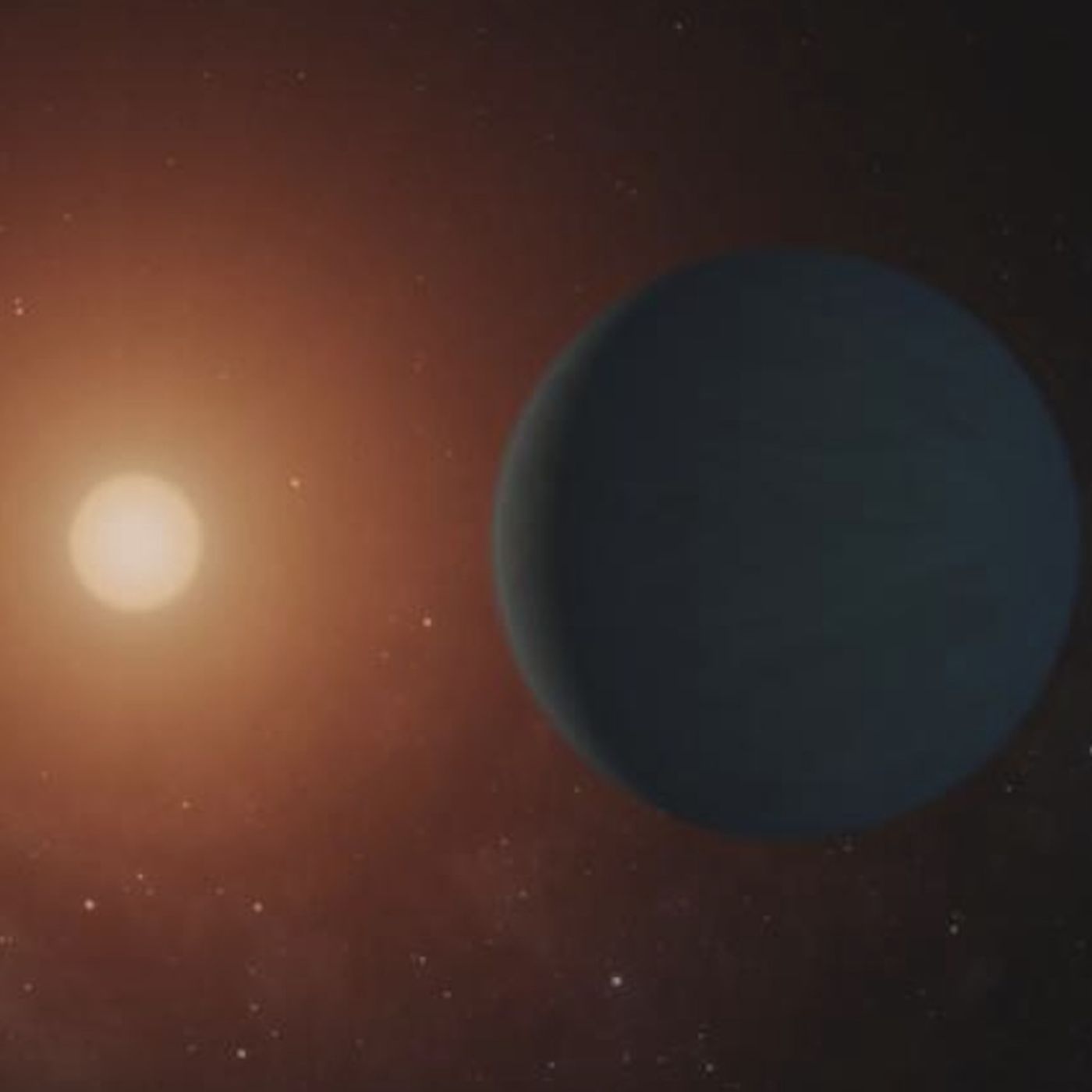
349E-372-Trappist-1 Planets
The Trappist-1 planetary system located about 40 light years away in the constellation of Aquarius consists of a small red dwarf star and 7 Earth sized planets. By carefully studying changes in the p…
Published on 2 months, 3 weeks ago

861-Big Bear Observatory
Big Bear Solar Observatory is a unique facility operated by the New Jersey Institute of Technology. Its 1.6 meter Goode Solar Telescope is located on the north side of Big Bear Lake at an elevation …
Published on 2 months, 4 weeks ago

348E-371-2 Headed Space Worm
Humans are moving towards a day when there are space colonies in orbit, on the Moon, and the planet Mars, places where the force of gravity ranges between zero and 38% of what we experience every day…
Published on 3 months ago
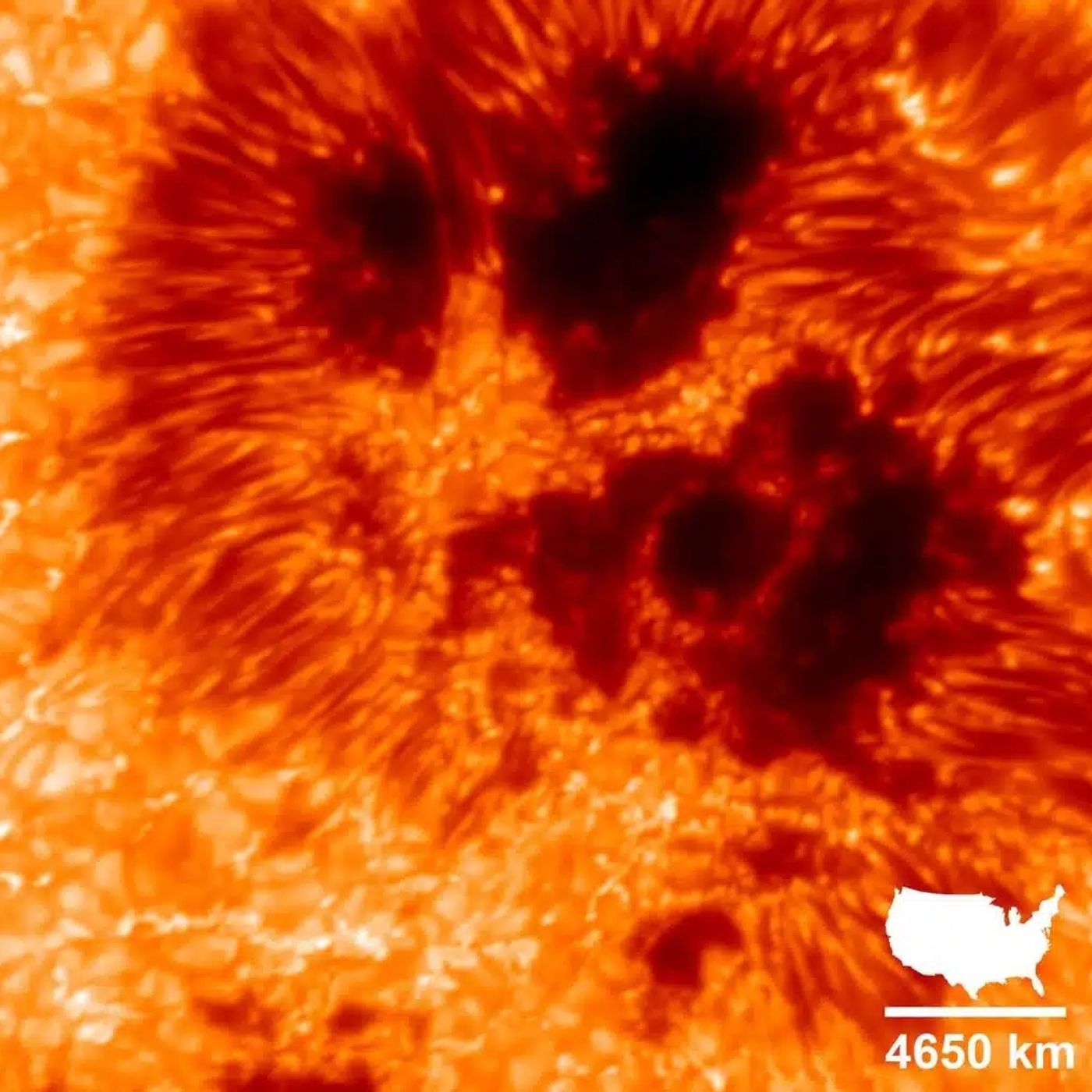
860-Worlds Largest Solar Telescope
The US National Science Foundation’s Daniel K. Inouye Solar Telescope is the worlds largest solar telescope. It is perched 10,000 feet above sea level on the top of Haleakalā on the Hawaiian island …
Published on 3 months ago
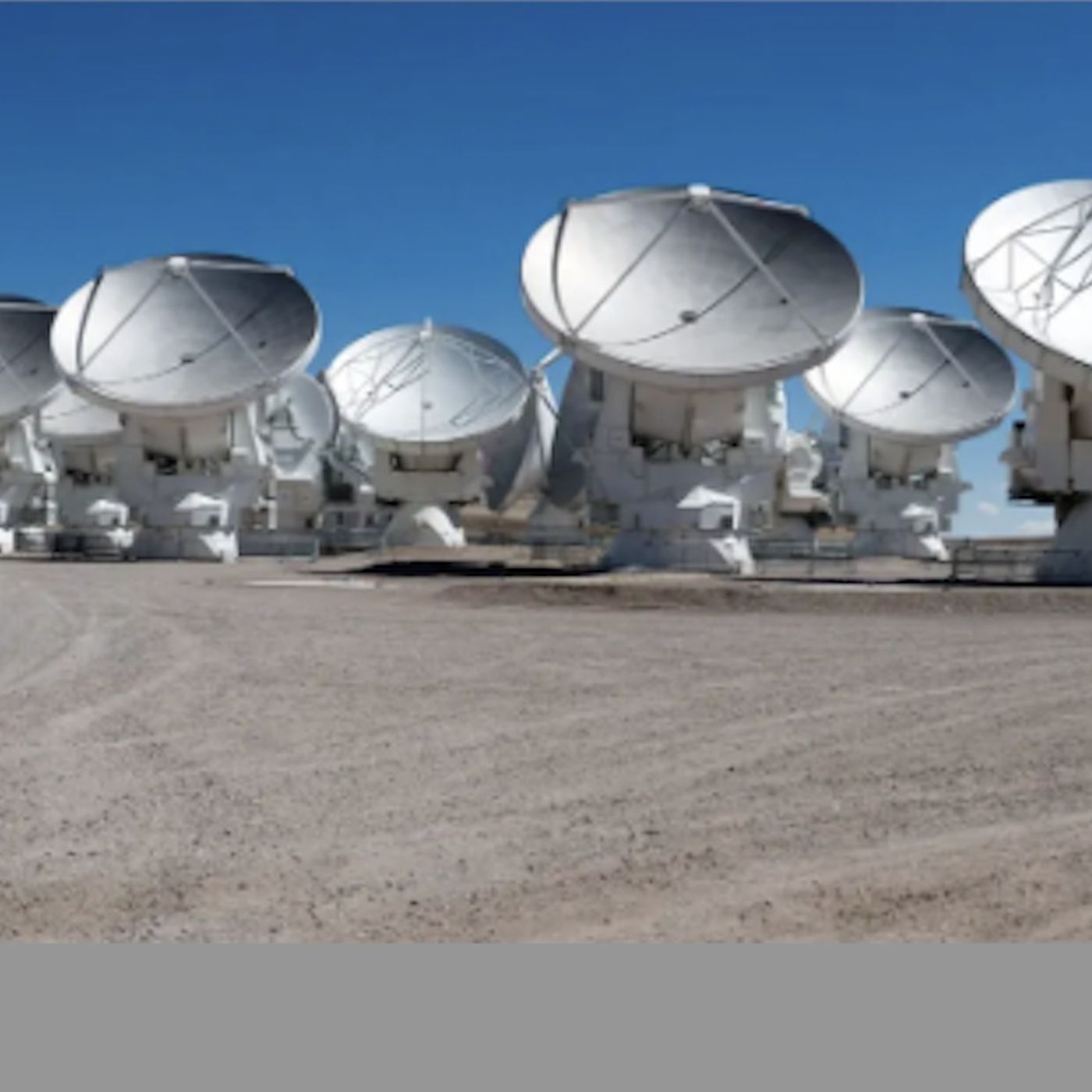
347E-370-Life's Parts
24 hours a day, 16,600 feet above sea level in the high dry desert of northern Chile, the 66 antennas of 1.4 billion dollar Atacama Large Millimeter/submillimeter Array or ALMA receives signals locat…
Published on 3 months, 1 week ago